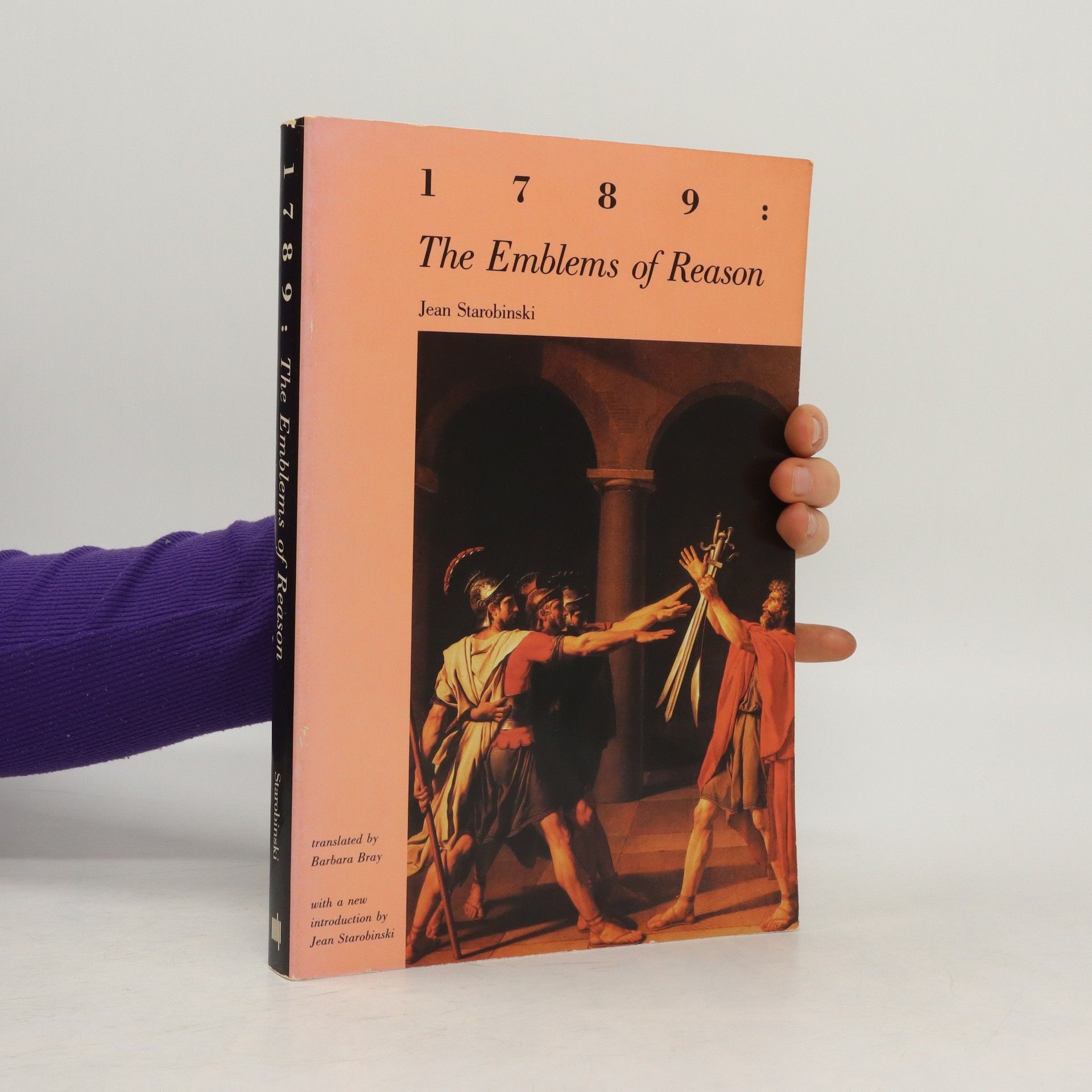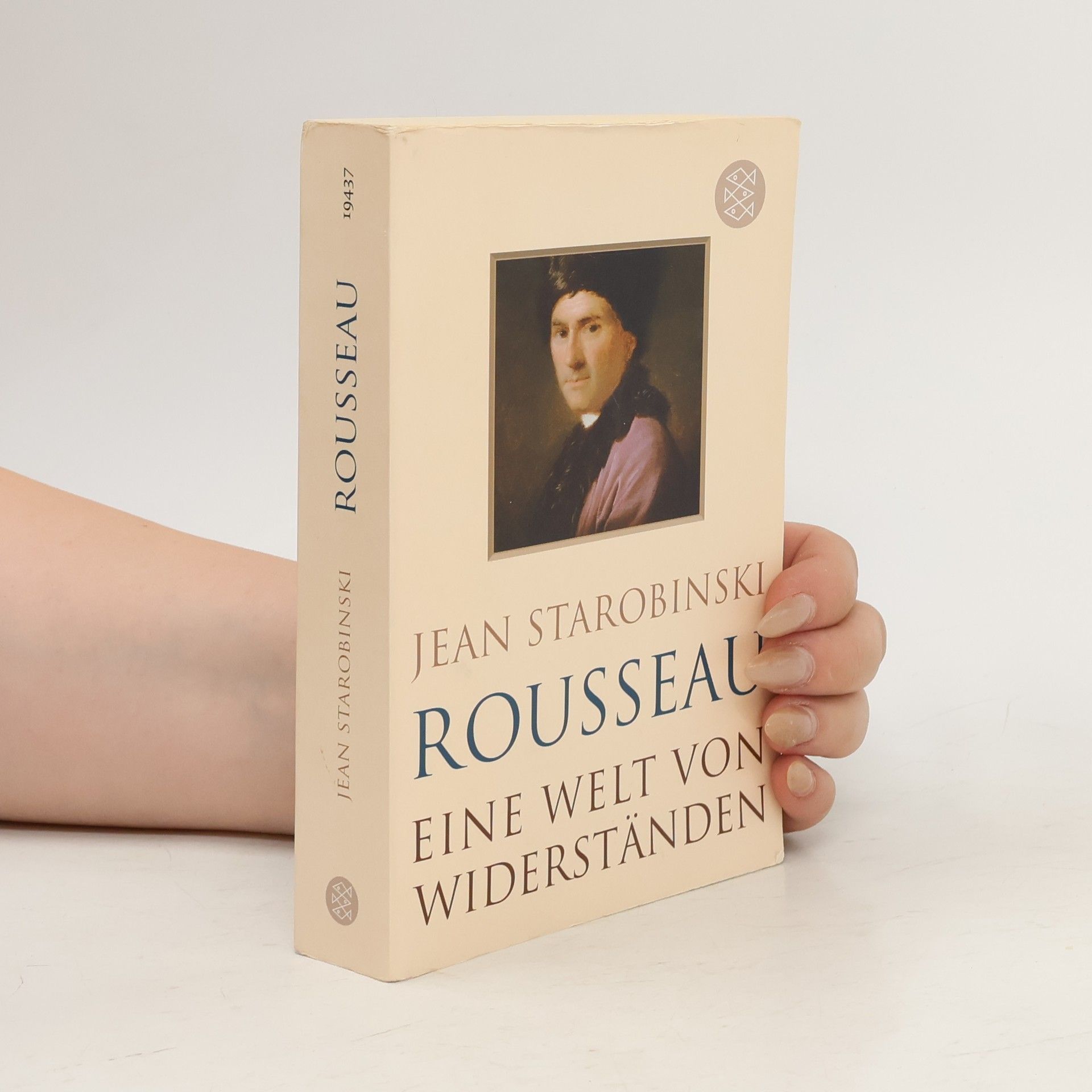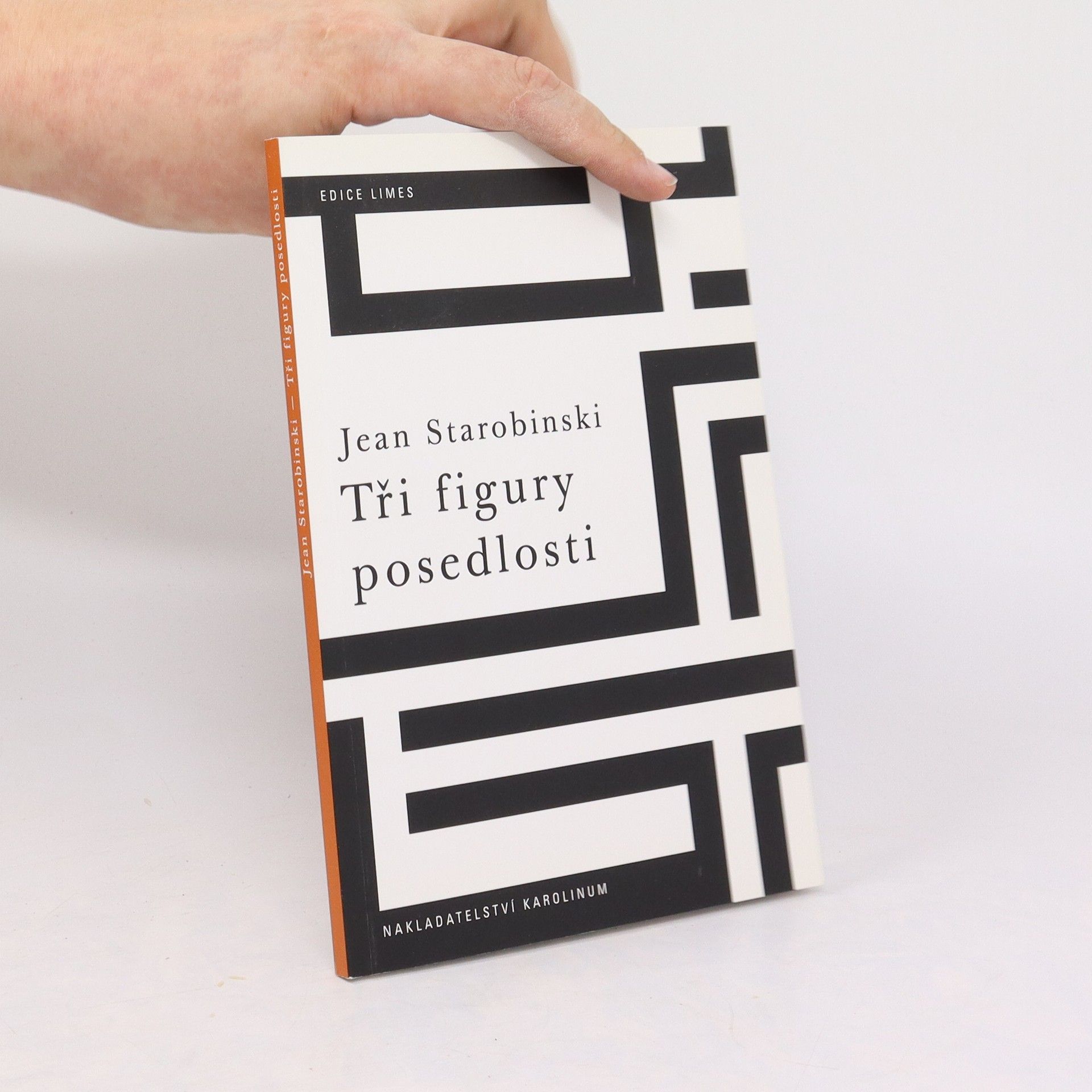Jean Starobinski Livres
Jean Starobinski fut un critique littéraire influent dont l'œuvre s'appuyait sur sa profonde compréhension de la littérature classique, de la médecine et de l'histoire des idées. Sa critique, souvent associée aux traditions existentialiste et phénoménologique, se concentra sur la littérature française du XVIIIe siècle et des auteurs tels que Rousseau et Diderot, tout en s'étendant à d'autres périodes et formes d'art. La perspective unique de Starobinski, éclairée par sa formation médicale, lui a permis d'explorer des thèmes tels que la mélancolie et l'interprétation avec une profondeur exceptionnelle. Ses analyses se distinguent par leurs aperçus pénétrants et leur style précis, s'établissant comme une figure essentielle de l'érudition littéraire.


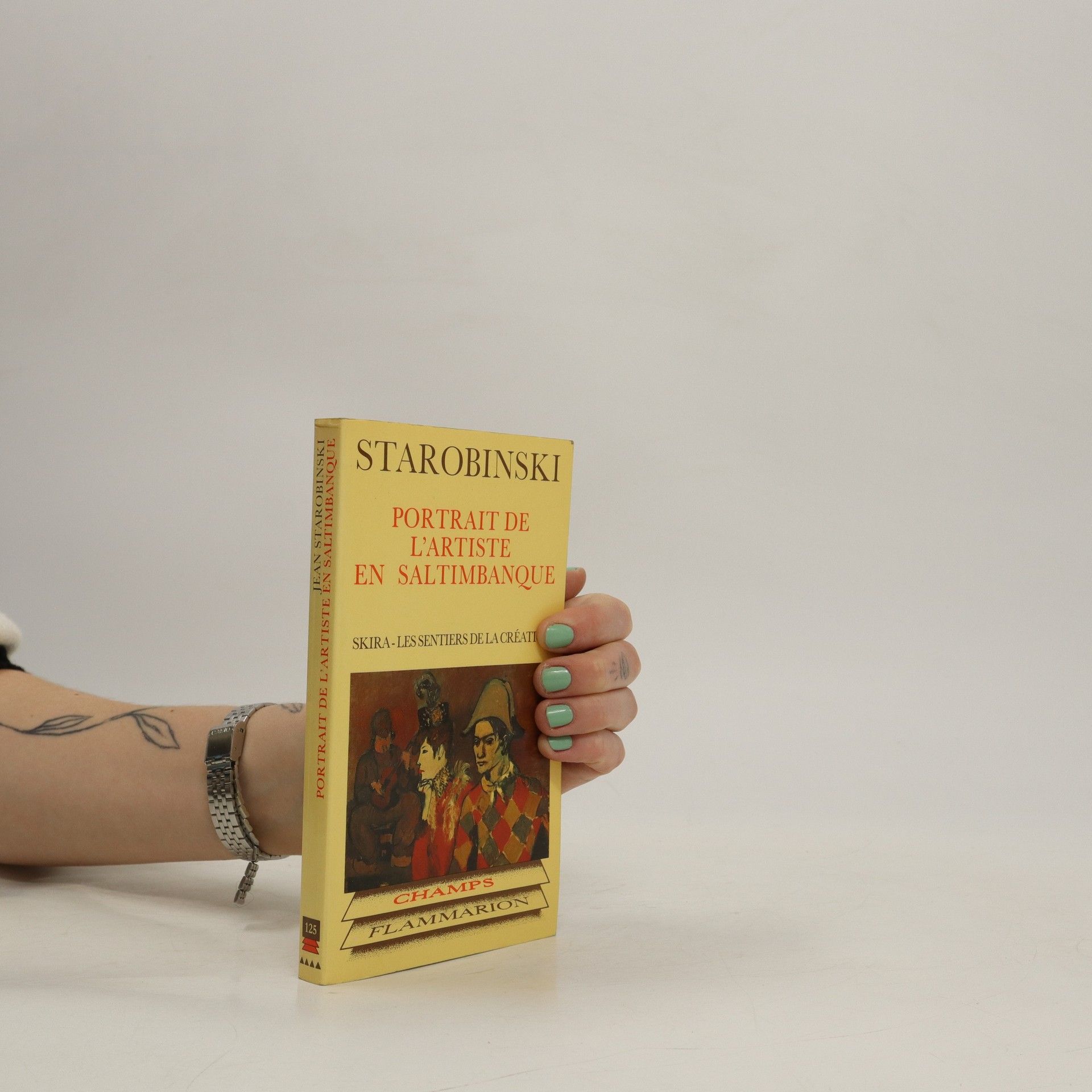
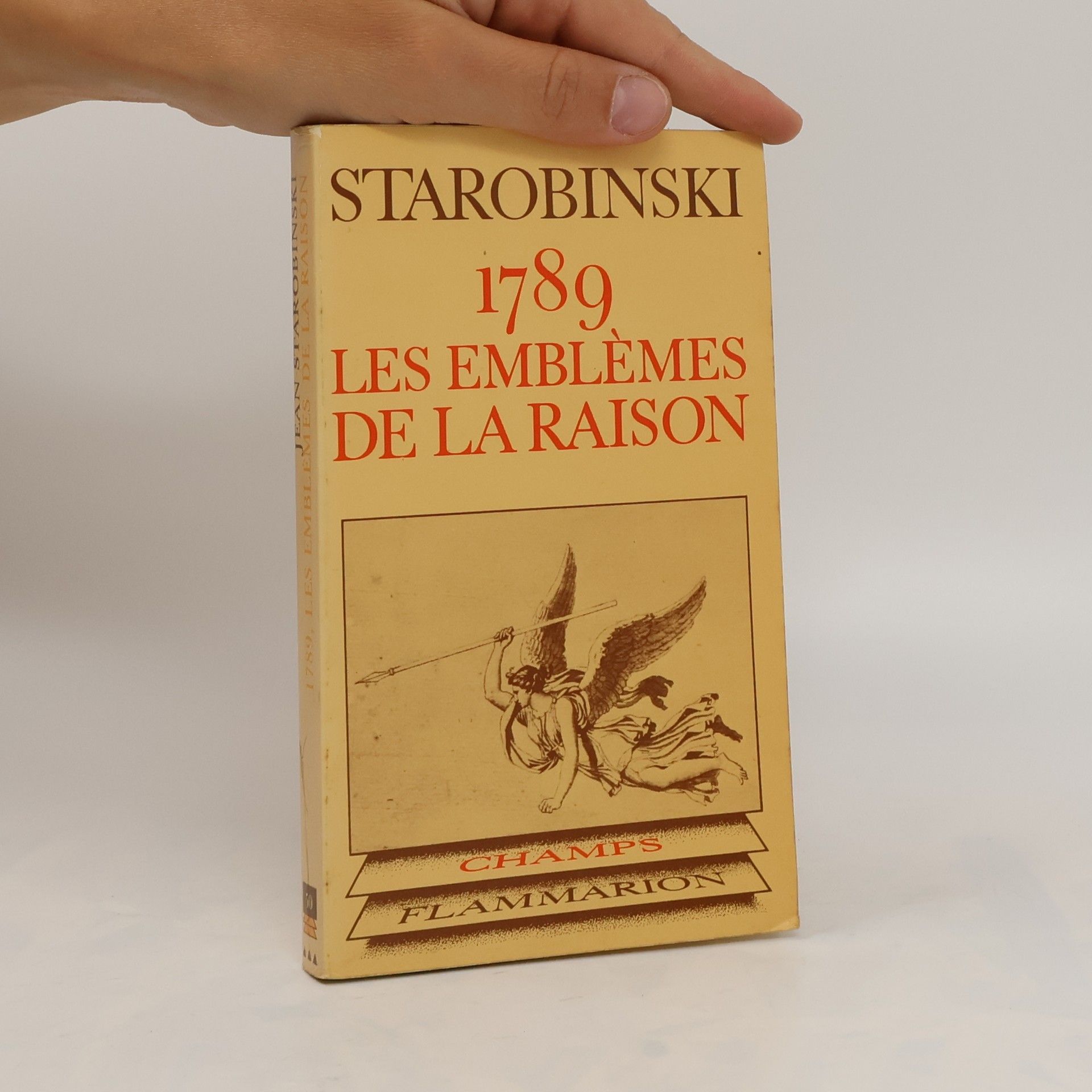
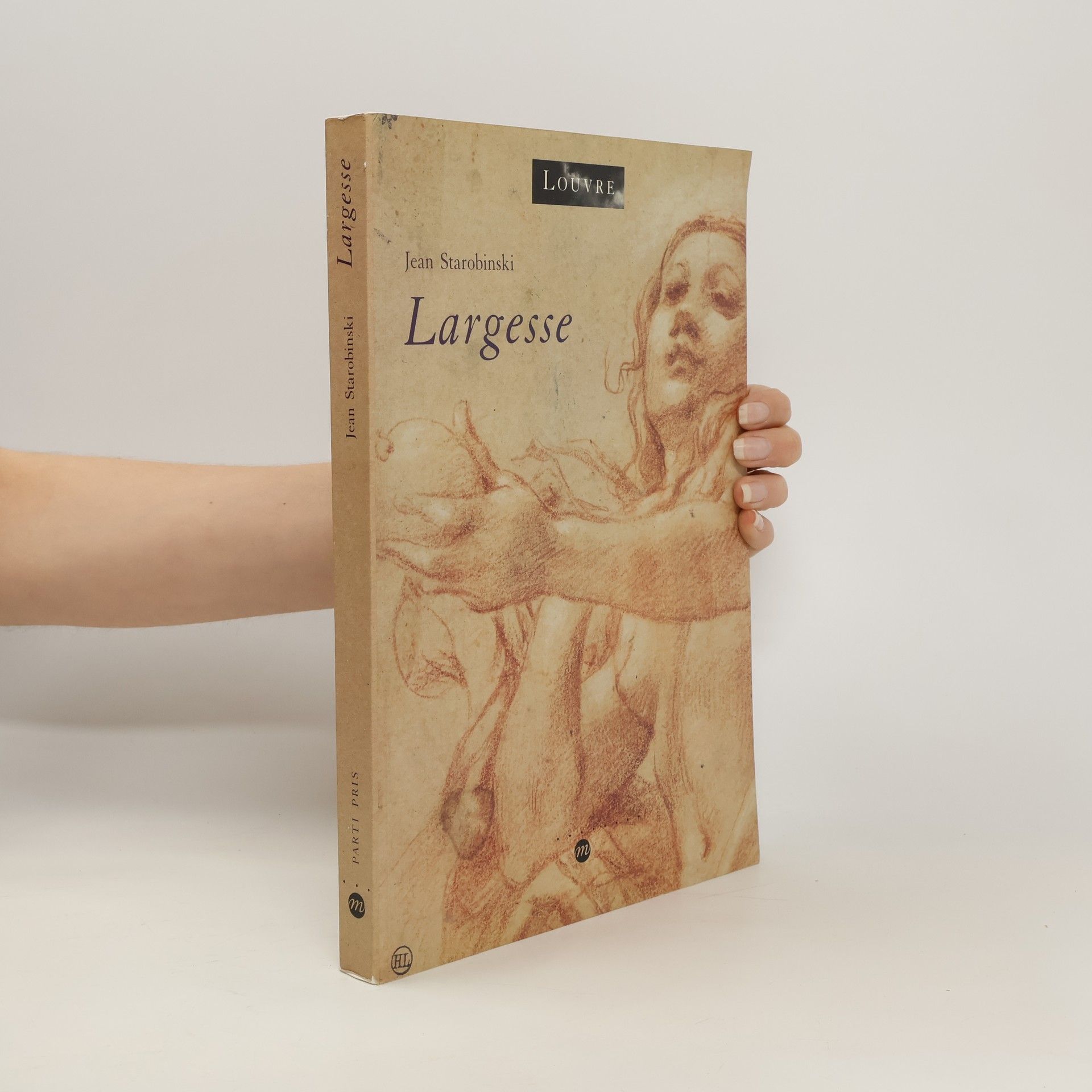

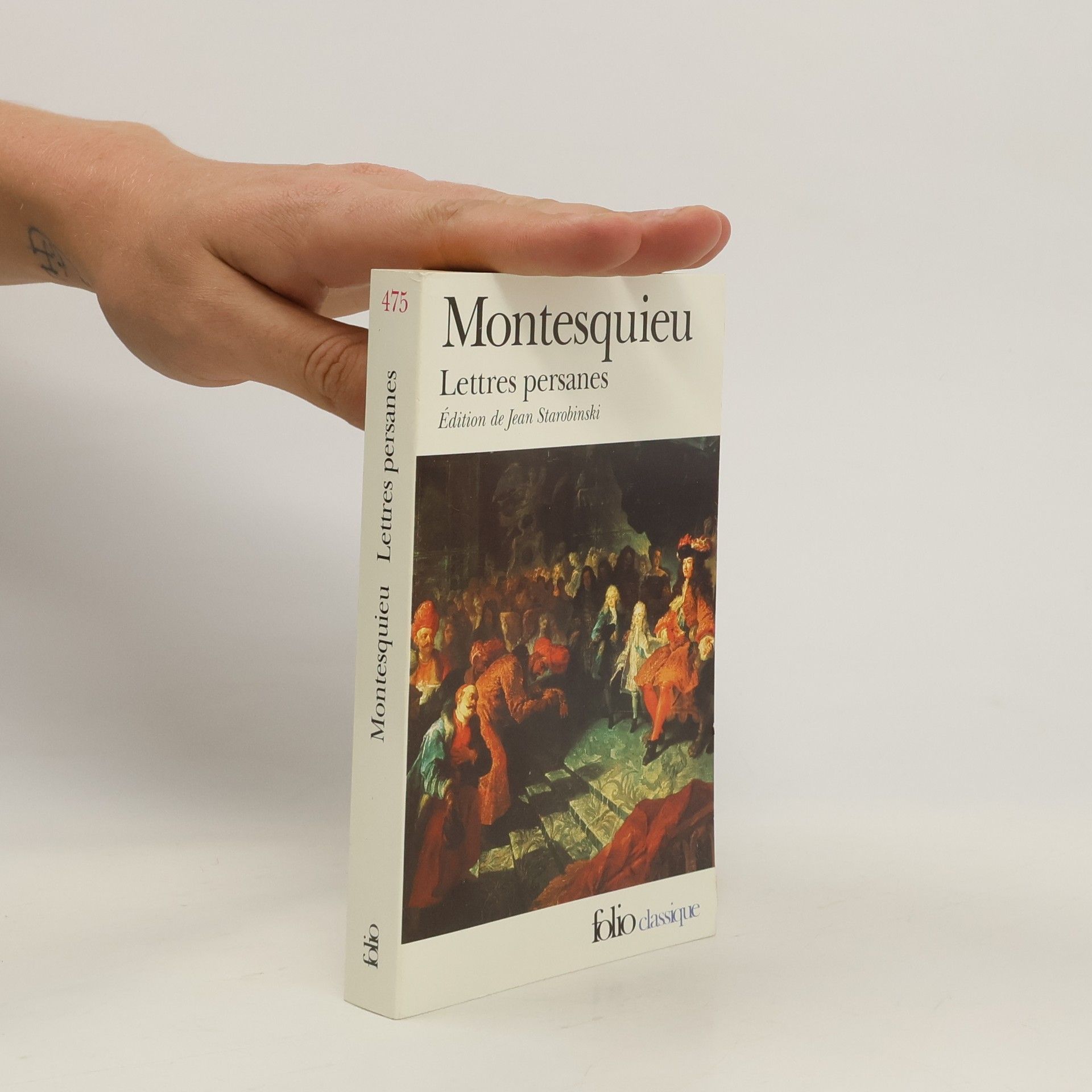
Largesse
- 214pages
- 8 heures de lecture
Portrait de l'artiste en saltimbanque
- 147pages
- 6 heures de lecture
Depuis une centaine d'années plus particulièrement, les artistes ne sont plu à donner une interprétation d'eux-mêmes et de l'art à travers le jeu ironique du clown et du saltimbanque. Une constante aussi souvent repérée mérite attention
Le Grand Theatre de Geneve
- 118pages
- 5 heures de lecture
Table des matiè Préface; Le théâtre de la Réforme; Les origines 1738-1768; La Scène de Neuve 1783-1879; La construction du Grand Théâtre 1875-1879; Le Grand Théâtre 1879-1995; Un théâtre musical; Un siècle de danse; Le décor et son envers; Organisation et rayonnement
In this classic text on the 18th century and neoclassicism, Jean Starobinski pursues a subtle and brilliant meditation on the connections between art and revolution, comparing the style of the French Revolution as a political event to style in the contemporary visual arts."
Z czego wynikają głęboki smutek, rozpacz, obłęd, szał, samobójstwo?Wbrew tym, którzy przywołują jakąś przyczynę nadprzyrodzoną czy karę boską, myśl medyczna już od czasów starożytnych przyznawała pierwszeństwo pewnej przyczynie naturalnej, jednemu z płynów w ciele – czarnej żółci, to znaczy melancholii. Jej czarna barwa, porównywana często do barwy węgla czy atramentu, była oznaką jej szkodliwej mocy. Ten płyn nie istnieje. Lecz czyż to nie atramentem pisze się wiersze?Przez ponad pół stulecia tematy związane z melancholią nadawały kierunek niektórym pracom Jeana Starobinskiego. Wszystkie one zostały zebrane w tej książce z nadzieją, że badanie różnych aspektów melancholii może zrodzić „radosną wiedzę”.
Jean Starobinskis brillantes Werk über Jean-Jacques Rousseau, den Denker der Moderne, dessen Wirkmächtigkeit auf den Gebieten der Wissenschaft, aber und vor allem auch auf den der alltäglichen Fragen, seit 300 Jahren ungebrochen ist. In seiner epochalen Studie zeichnet Starobinski präzise nach, wie Rousseau zum Meister der Anklage einer Welt wird, in der Ungerechtigkeit und Unterdrückung alltäglich sind; eine Welt, deren Zerrüttetheit sich in allen ihren Widersprüchen im Seelenleben des großen Philosophen spiegelt. Die Brisanz seiner Gedanken zur Demokratie, zur Sprache und zur Erziehung sind gerade in den heutigen Zeiten uneingeschränkt aktuell.
Tři figury posedlosti
- 134pages
- 5 heures de lecture
Tři figury posedlosti. Tři noční výjevy, trojí šílenství. Jean Starobinski, švýcarský profesor francouzské literatury a dějin medicíny, zkoumá tři extrémní psychické stavy – blud, posedlost a noční můru – z různých hermeneutických perspektiv a vyvíjí tři způsoby performativního "čtení", které spojuje silná jednotící myšlenka. Autor, lékař-psychiatr a historik medicíny, se nezaměřuje na skutečné anamnézy pacientů, ale na fiktivní anamnézy literárních textů. Vychází z historicky a žánrově různorodých literárních památek, jako jsou starořecká tragédie a novozákonní evangelium, a dokonce z různých médií, přičemž jeho interpretace třetí figury šílenství se opírá o známý obraz Noční můra od J.-H. Füssliho. První kapitola detailně interpretuje Sofoklovu tragédii Aiás, která ukazuje jemné porozumění motivaci sebevraha. Druhá kapitola se zaměřuje na vyhnání démonů z posedlého podle Markova evangelia, kde démoni vstoupí do prasat, která se vrhnou do moře. Starobinski tuto epizodu interpretuje jako vzor Ježíšova spásonosného díla. Závěrečná část se věnuje obrazu Noční můra, kde je zkoumána podoba ztráty rozumu jako zlý sen.
